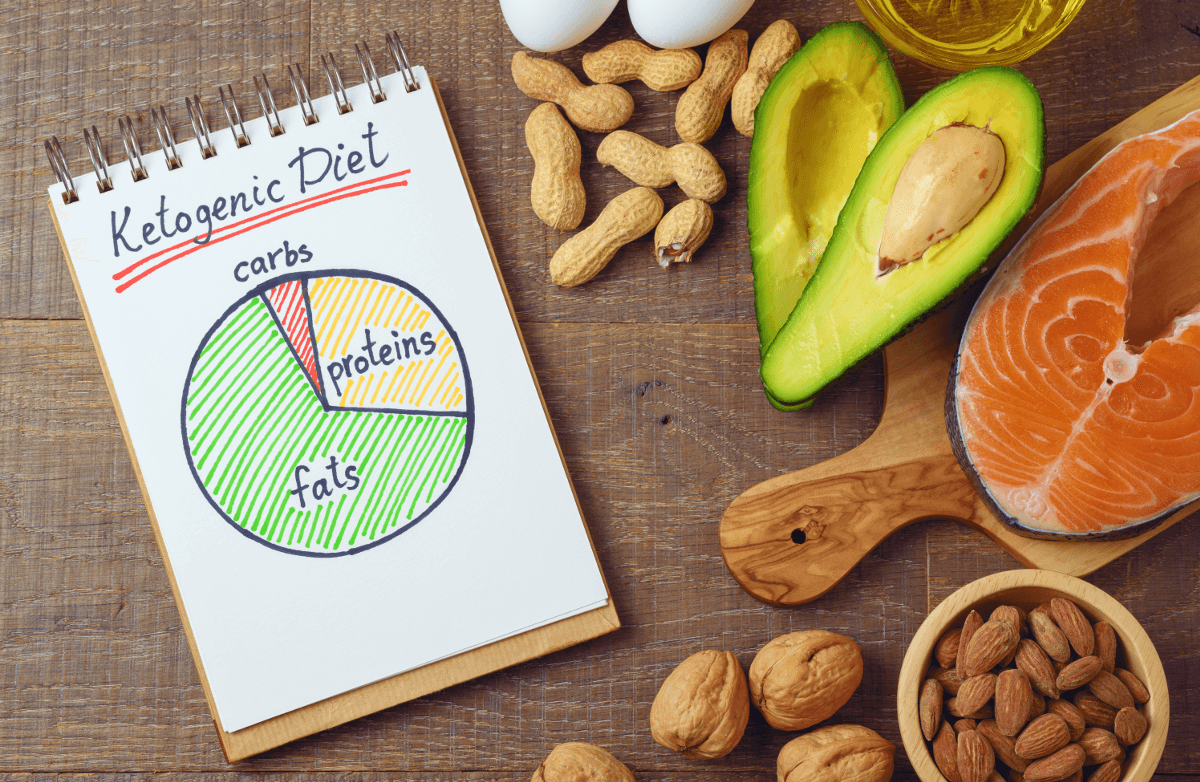|
When you read the ingredient listing on a nutrition label, do the sugar terms jump out at you? Perhaps listings like sugar, brown sugar, or honey cause you to pause. What about listings such as evaporated cane juice, malt or turbinado sugar? Do they register as sources of added sugar? Sugar has been in the news quite a bit recently. Learning ZoneXpress, a USDA national strategic partner, announced a new educational poster highlighting the sugar content found in popular beverages. The Academy of Nutrition and Dietetics (formerly the American Dietetic Association) just released a newly updated position paper regarding full-calorie and low-calorie sweeteners. Why is there so much attention on sugar? Americans consume around 22 teaspoons of sugar each day--that's almost half a cup. Since one teaspoon contains four grams of sugar, those 22 teaspoons equal 88 grams or about 352 calories from added sugars--"empty" calories that add no nutrition. . Recommendations suggest women should consume no more than six teaspoons or 26 grams (equaling 100 calories of added sugar) while men should limit their intake to around nine teaspoons (or 36 grams equaling 150 calories each day). It is important to remember that not all carbohydrates are created equal while on the hunt for hidden sugar. Sugar recommendations do not include naturally occurring sugars found in fruits, vegetables, and low-fat dairy, only the sugars added to things like the 12 teaspoons in a 16 ounce glass of sweetened tea or the three teaspoons added to a packet of instant oatmeal. We consume hidden sugars in many of our favorite foods without even realizing it. Since high sugar intake contribute to obesity rates as well as diabetes and heart disease, it is important to begin taking note of our hidden sugar sources. Here are some helpful resources to help you begin taking control of your sugar intake.
Where does most of your added sugar come from? Did you find other alternatives to help you begin reducing your added sugar intake? |
Popular Entries
More From SparkPeople
|















